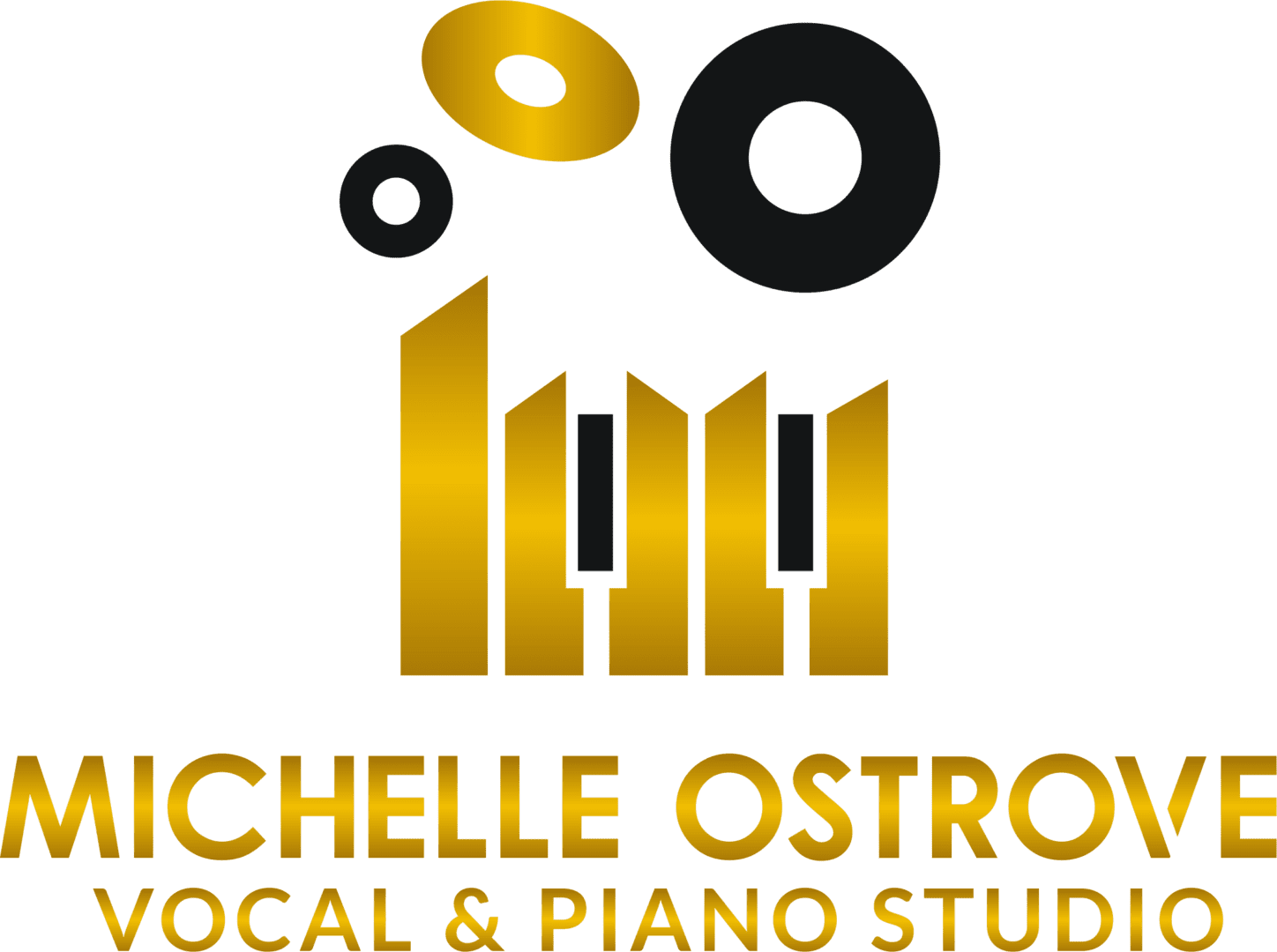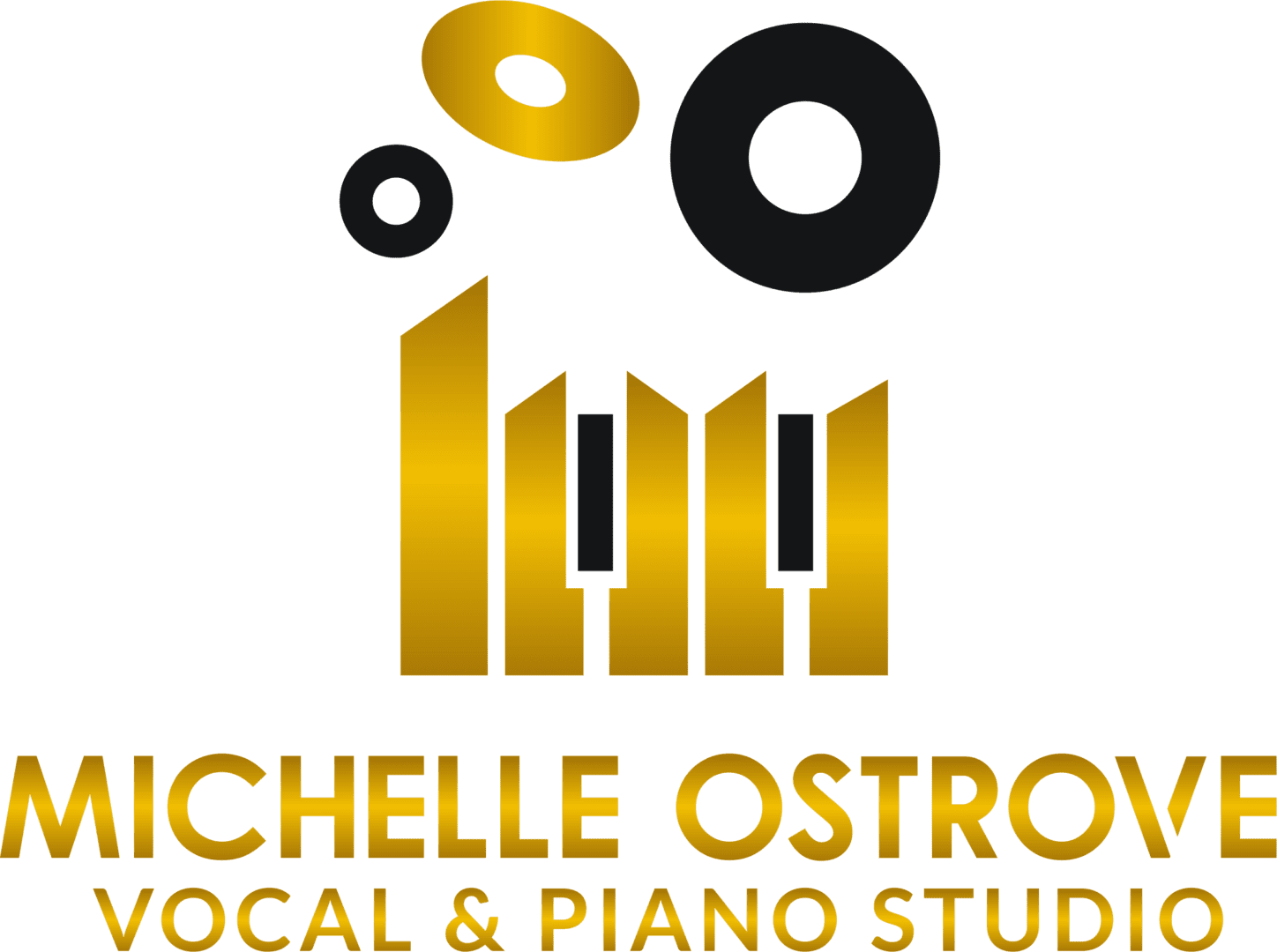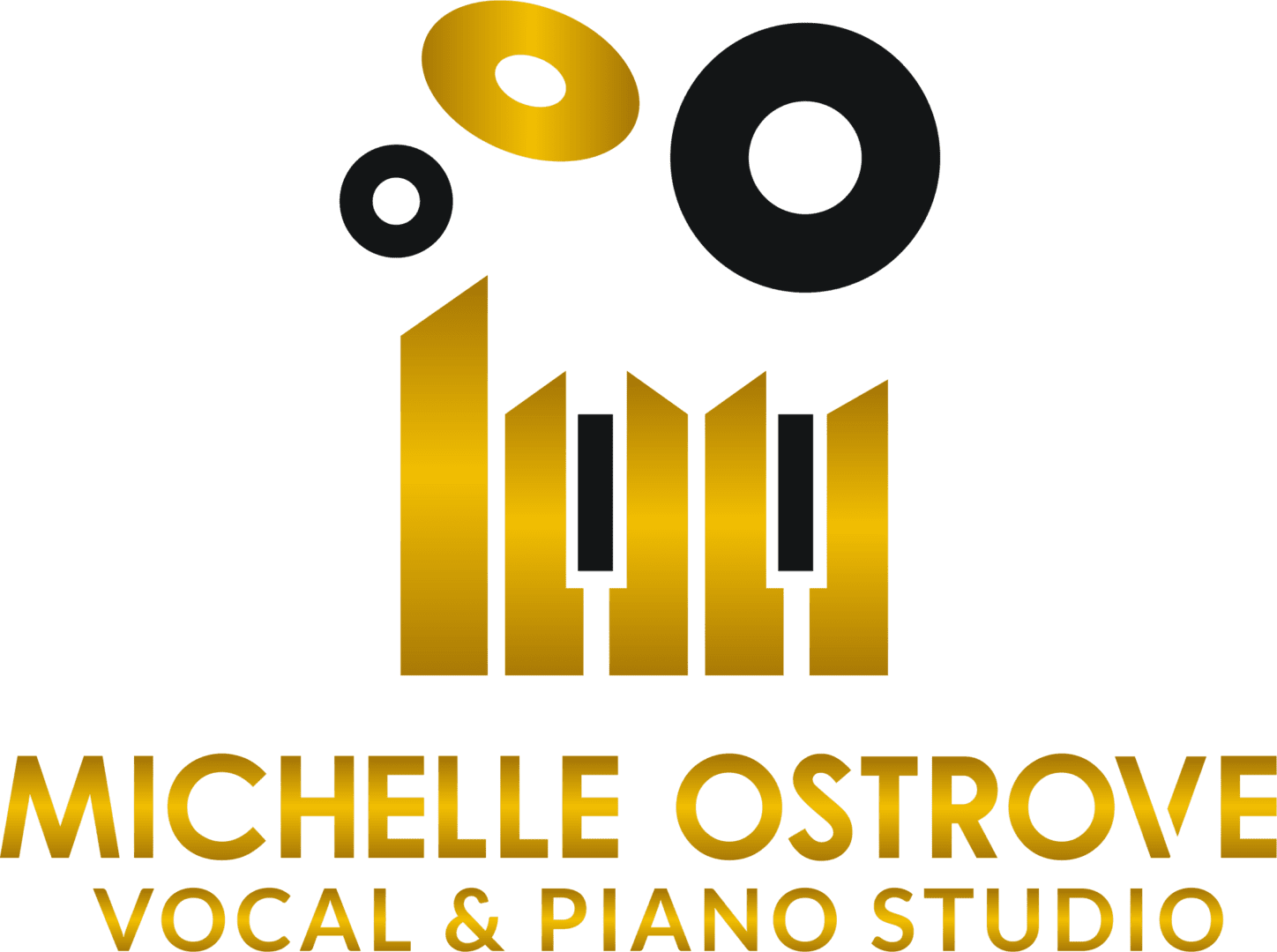Explore the Michelle Ostrove Blog
Everyone knows that speaking in a lower tone can be more commanding with an overall acceptance and likeability. A fundamental skill of singing is the ability to effectively sing with your chest voice. It’s more of a challenge for women to singing with their chest voice than men. Most women speak in their middle to head register, whereas men use their chest voice when they speak. The ability to sing with your chest voice is just as important as hitting…
Read MoreThere are five traits that every great singer possesses. These traits have to be developed over time. There is no singer who has all five traits from the beginning. It takes time and practice to become a great vocalist. The first trait every great vocalist has is singing with chest voice. They call it the chest voice because singers will notice that the chest cavity will vibrate when singing in the lower range. The second trait is singing with the…
Read MoreLet’s look at creating a song from a different view point. Deadmau5 is a Canadian music producer who approaches creativity in a completely different way. He does not hear a tune in his head, have a dream, nor does he feel something and then starts writing a song. He does not write an intro, verse and chorus in linear structure. He approaches creating a song in a very different way. He begins his process on the computer figuring out the…
Read MoreMany people have said to me they can’t sing, or that they have no musical ability. The reality is that they simply have had limited exposure to music, particularly when they were young. When comments are made to a child “you are tone deaf” or “you can’t sing” leaving a lasting impression on their young mind and these thoughts stay in their subconscious. The same is true for piano, maybe you started taking lessons at a young age and the teacher…
Read MoreA marathon runner always stretches and warms up before running a race. A singer should always warm up before singing, whether it’s practice or performance. It’s the best way to start singing on any level. Practice is a healthy way to improve your voice without any pressure. Practice does not mean perfection, it’s working through trouble areas and improving technique little by little, day by day. Daily practice sessions, whether it’s 15 minutes or 2 hours builds stamina, just like…
Read MoreHow do you find the weak areas in your voice? The perfect solution is to record yourself. You don’t need a professional recording from a studio, just use voice memo or whatever your phone uses to record; computers also have a way to record your voice as you sing. As you listen to yourself, you need to analyze your voice, as if you were listening to someone else. Don’t go down a critical path, think of yourself as a judge…
Read MoreAs a young artist, it’s important to know the industry as best you can. There are powerful and controlling people in the industry who will try to take control of what you have created and change it to fit their version of the song. Stand your ground and make your own decisions. Do your homework and read up on how to you’re your carrier forward. Once you get recognition for a song and you are getting noticed it’s your responsibility…
Read MoreTrying to define your own style or image as an artist can be intimidating. Are you trying to make your voice stand out from the rest? You can develop your own unique style by copying other artists. Any artist will tell you they got their own style by first copying their favorite stars. Here are six steps to help you find your own sound and stand out. 1. An Artist has a distinct and recognizable sound. This has to do…
Read MoreMusic plays a vital role in everyone’s lives and there are seven elements that are used no matter what genre you sing, play or listen to each day. These aspects of a song guide you as you play the song on the piano or sing the song as a lead (or background) vocalist. These fundamental ingredients put together, create a beautiful song. Let’s start with the Melody, which is an arrangement of musical sounds which is sung by a vocalist…
Read MoreEvery singer strives to sing with control and power in their voice, very few start out that way. Here are ten commandments for every singer. Ten things to remember and keep you on track every day. 1 Thou shalt not covet thy neighbor’s voice. Every singer is different and all singers have strengths and weaknesses. Be thankful for your gifts and don’t let those negative thoughts enter your mind. It’s like comparing apples and oranges. There is no comparison. 2 …
Read More








